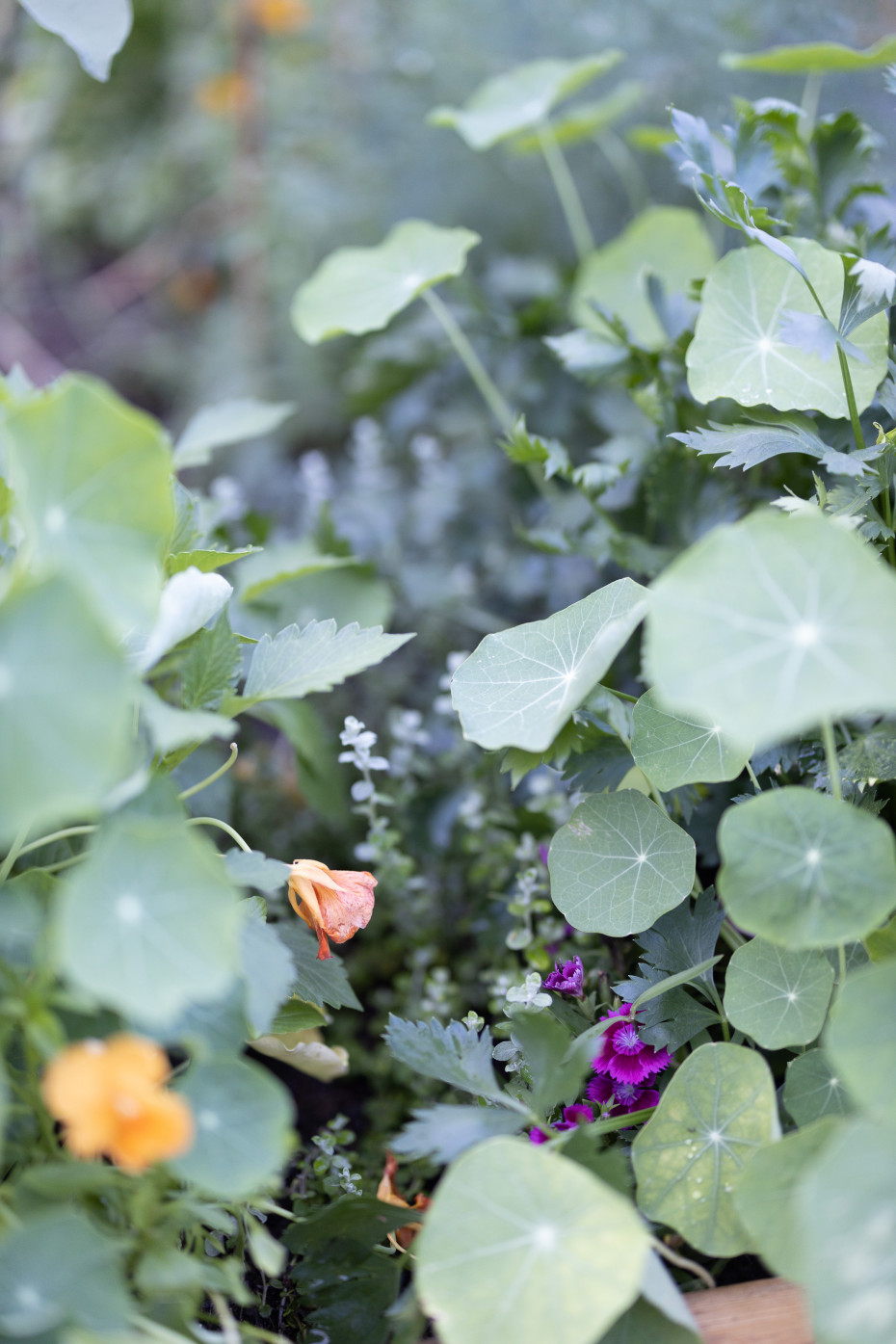Your cart is currently empty!

Tips For Planting Flowers

Whether you’re a newbie gardener or have been around the block a few times, there are a few things to keep in mind when planting flowers. By using these tips, you can get the most out of your flower garden!
First, select a good soil for the type of flowers you plan to grow. This will ensure that your plants will thrive and bloom year after year.
Soil
When planting flowers, you need four things to get them growing and healthy: water, nutrients, oxygen and soil. Soil has a great impact on those factors, so it’s important to use the right type of soil for your plants.
Soil has physical properties like texture, structure and water-holding capacity that influence how well plants grow. Soil that’s too heavy, too soft, or too acidic won’t give your plants the nutrients they need to thrive.
A good soil has a high cation exchange capacity (CEC), meaning that it can hold a wide range of ions — including nitrogen, calcium and potassium — in an attractive, negative-charged form that can be quickly replaced by other ions.
Soils with a high CEC are also better able to buffer rapid changes in nutrient levels. They also have more air space, which is beneficial for plant roots and the microbes that live in them.
Water
Plants need water to survive, and it’s important to give them a regular drink to stay healthy. It’s also important to consider the time of day you water your flowers. Mornings are the best time to do this because the soil is still cool and will be less likely to evaporate as quickly. It’s a good idea to consider using drippers or hoses with nozzles that have been placed at the correct height for optimal flow rates.
It’s not surprising that you would want to get the best possible results from your new flower pot or container. The most successful plants are those that are well nourished with the right nutrients in the right amount at the right time. If you follow these simple tips, your plants are likely to be happy and healthy. The most important tip is to make sure you do your research when choosing your plant material and putting it in your garden.
Sunlight
When it comes to planting flowers, it is important to know how much sunlight your garden receives. This is a difficult thing to gauge on your own, but it’s a key factor in how well flowers grow.
Sunlight is the energy emitted by the sun that reaches Earth’s surface and can be categorized as infrared, visible and ultraviolet light. It’s also a source of heat that warms the planet.
The amount of direct solar radiation that reaches Earth can vary throughout the day, depending on the position of clouds in the sky. It’s also a function of the season and the time of year.
When shopping for plants, be sure to check the plant’s label for information about sunlight. This will typically include terms like full sun, part sun or shade.
Pruning
Pruning is an important part of planting flowers and can help improve the health, landscape effect, or value of a plant. By removing sick, broken or dead branches, disease can be prevented and healthier, stronger branches can grow.
It can also be used to shape a plant, particularly for special garden forms. By pruning correctly during the formative years of a tree or shrub, many problems may be avoided.
When pruning, try to cut the stem just above the nodes that join the leaf stalk to the main stem. This will stimulate new shoots to grow from each cut point, and the plant will attain proper shape.
Some plants have a natural tendency to grow a vigorous single central shoot that outgrows all the other side branches. This is called apical dominance, and it is often reduced by pruning the growing point of a branch or twig. This technique encourages the uniform growth of all lateral branches, which results in an even rounded plant and more flowering stems.
by
Tags: